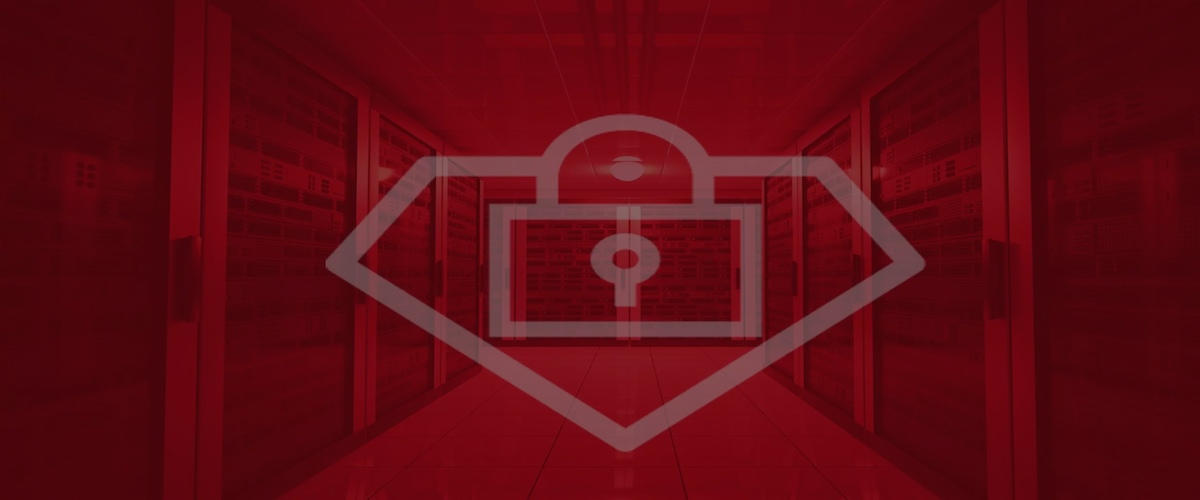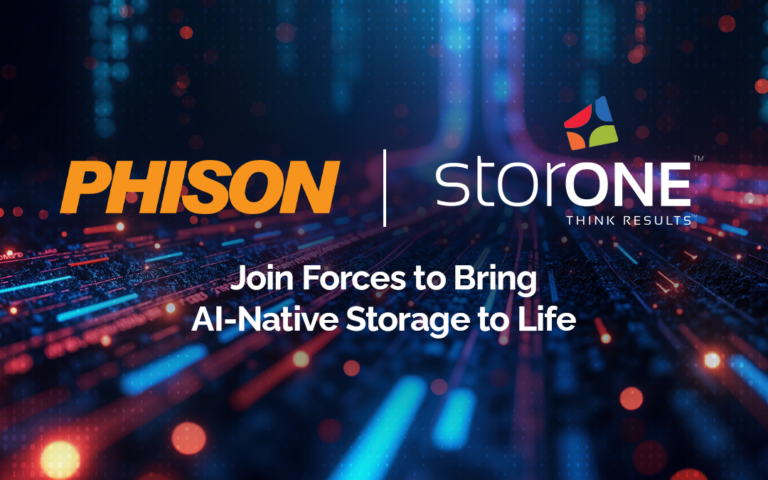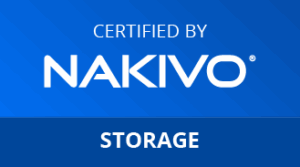RAID is not data protection. It does not provide adequate protection from multiple media failures. The technology also doesn’t offer rapid recovery, especially as drive sizes increase. In addition, RAID doesn’t adapt well to changes in the environment. RAID doesn’t protect against multiple forms of failure, can’t be counted on for rapid recovery, and adds complexity to every upgrade. For RAID to be a legitimate part of the data protection process, it must address these shortcomings.
RAID is not Data Protection it’s Hardware Protection
RAID is often promoted as a form of data protection but it only protects an organization from a hardware failure event. Again, RAID is not data protection. The lowest denominator in RAID is the physical drive. The technology has no understanding of what data is on that drive. If an 8TB drive fails, RAID must rebuild the entire drive, even though that drive may only have 4TBs of data on it. The requirement to restore a drive as a whole leads to slow drive rebuilds. The time to return a volume to a protected state grows longer as capacities increase. Vendors measure RAID rebuild on volumes made up of 8TB, or 14TB drives in DAYS, not hours.
RAID also can’t mix different protection levels on a set of drives based on the importance of the data. If a set of disks is assigned to a particular RAID type, every volume using those drives must share that setting. The lack of granularity limits the effectiveness of shared drive pools and lowers overall capacity efficiencies.
Another inefficiency of RAID is its requirement for global hot spares. There are two problems with hot spares. First, there is the obvious concern that a global hot spare is 100% wasted capacity. The second challenge occurs when there is a drive failure, and the system needs to use the hot spare. Once it uses the hot spare, the system is exposed to failure until IT replaces the failed drive.
vRAID is DATA Protection
StorONE’s vRAID is DATA protection, and it is a crucial component of our Enterprise Storage Platform. vRAID protects data from hardware failure. If there is a drive failure, vRAID recreates only the actual data on that drive. As a result, an 8TB drive with 4TBs of data only requires 4TBs of the rebuild. With vRAID, customers enjoy fast rebuilds while maintaining current application performance.
vRAID also allows the mixing of multiple data protection settings per drive. vRAID sets protection at the volume level, so that critical applications can have higher levels of protection while still sharing the same drive pool. The result is more efficient capacity utilization and precise, data-driven redundancy.
vRAID does not require global hot spares. It can use any of the available drives in the system to move the volume back into a protected state. The advantage is all drives are available all the time. Rebuild can happen without having to wait for the replacement of the global spare.
Eject Does Not Equal Rebuild
Another challenge with most RAID solutions is once IT ejects a drive, the RAID system instantly starts a rebuild. Accidental ejections of drives happen frequently, and it is something that every IT professional has seen happen. The instant rebuild is particularly a problem when IT is replacing a legitimately failed drive, and they accidentally eject the wrong drive. Then there is a hurry to reinsert it and replace the drive that has failed. The result is an embarrassing double drive failure. In this case not only is RAID not data protection, it actually puts data at risk.
vRAID protects against unintended drive ejections by waiting to declare a drive as failed. If an IT administrator accidentally ejects the wrong disk, reinserts it, and then proceeds to replace the correct drive, there is no data loss because the first ejection did not force a rebuild.
Inflexibility Means RAID is not Data Protection
A data protection strategy must be flexible and adapt to every advance in drive technologies. Its lack of flexibility means RAID is not data protection. Almost every storage system on the market allows for the expansion of volumes to meet growing capacity demands. The challenge is that those expansions happen over the years. During that time, per drive capacities often double. RAID can’t leverage high capacity. The customer must either create a new volume with new drives or format new drives down to meet the current volume’s per drive capacity makeup. The result is either wasted capacity or complex migration of applications from one volume to another.
vRAID is Future Ready
StorONE’s vRAID technology is future-ready. IT can add new drives to the existing Enterprise Storage Platform configuration and take full advantage of their capacity. The platform will automatically use the new capacity as applications add new data to the volumes.
A customer can use vRAID for in-place-upgrades. If IT needs to be careful with how they allocate data center floor space, they can use vRAID to expand capacity in the same physical footprint, without risky and time-consuming migrations. For example, if their current system uses 24 4TB SSDs, they, one at a time, replace those drives with 8TB or even 16TB drives to double or triple capacity within the same physical footprint. As IT removes an old drive and replaces it with a new one, vRAID will, within minutes, return the volumes to their protected state. IT can then replace another drive. They can repeat this process until they replace all the drives. When complete, their capacity is doubled or tripled.
Conclusion
Raid is not data protection; it is drive failure protection. IT can’t count on current RAID technologies to reduce the dependency on the backup infrastructure and lower the associated costs. In fact, RAID makes the organization more dependent on these technologies.
vRAID is data protection. It can support multiple drive failures, does not require a hot spare, and rebuilds to a protected state rapidly, regardless of drive size or type. vRAID is also future-ready and can support drives of mixed capacity. IT professionals can even use it to facilitate an in-place upgrade. vRAID is a part of the S1 Data Protection Suite. Our DirectWrite technology makes sure that data is safely stored. vRAID keeps data protected from media failure.





